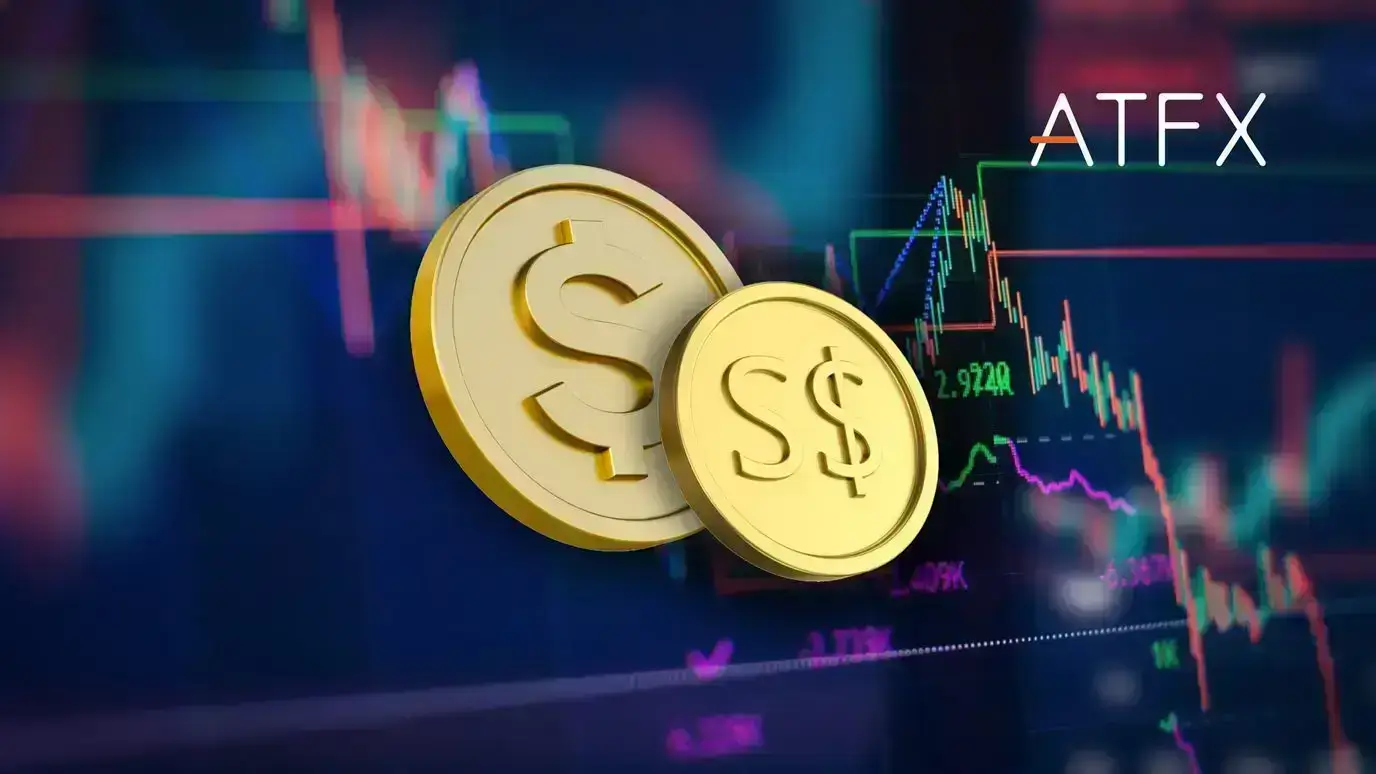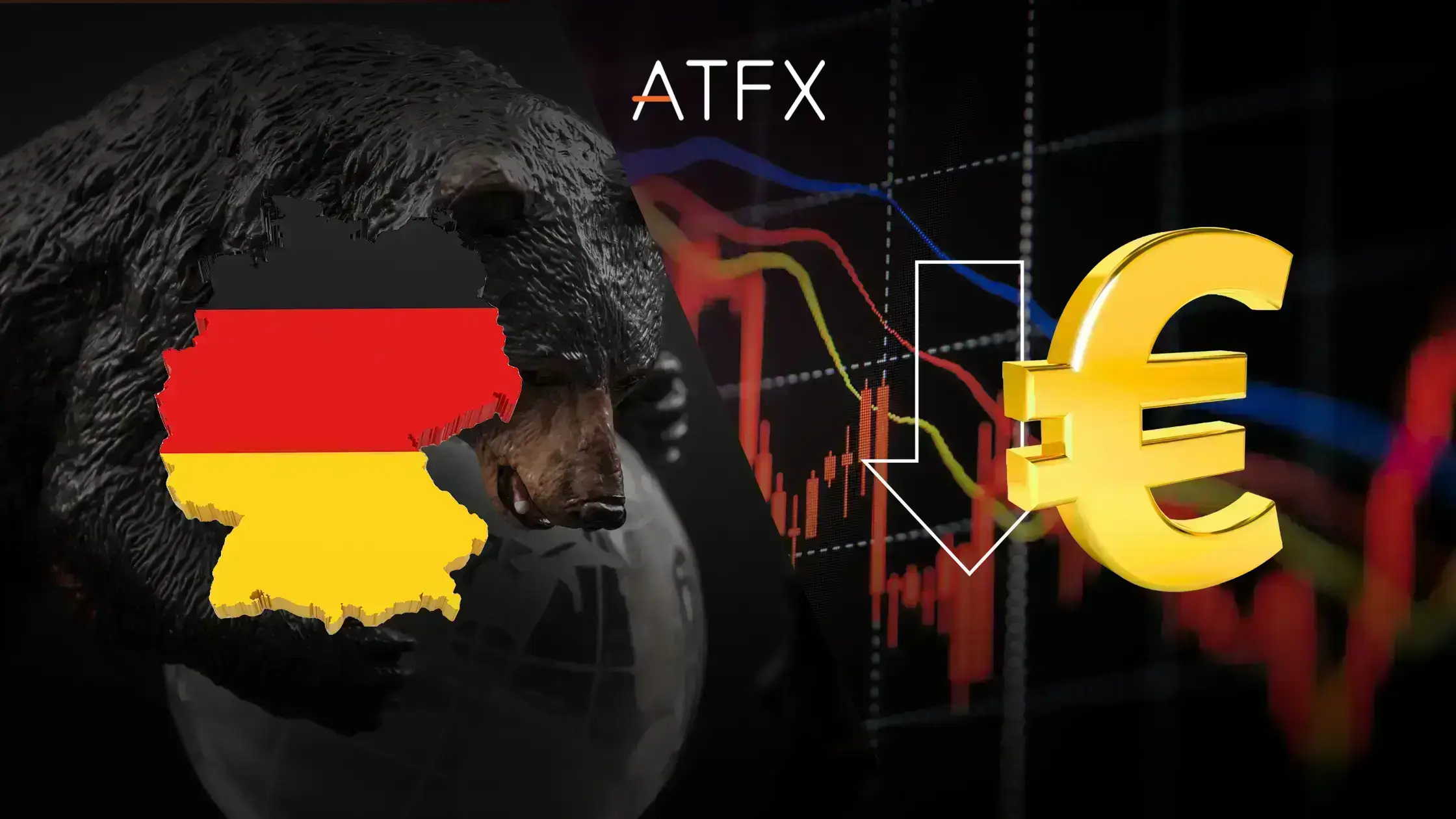There are two significant announcements from global central banks expected this week. The first is the interest rate decision from the New Zealand central bank on Wednesday, which is expected to be the fourth consecutive 50 basis point rate hike. The hike would push interest rates to 3%, the highest level seen in the past seven years. Although the New Zealand economy still has room to accommodate higher interest rates to fight inflation, it is undeniable that continued interest rate hikes have triggered concerns about the domestic economic outlook.
The Real Estate Institute of New Zealand recently showed that the national median house price fell 1.8% year-on-year in July, the first decline in 11 years. The other most obvious indicator is New Zealand’s job market cooling. The labour force participation rate has been slowing down continuously. Economists expect that New Zealand’s job market’s peak has passed. Therefore, the rate hikes may need to slow down, even if the Reserve Bank of New Zealand may pause or scale back further rate hikes after the August rate hike. Investors hope to find clues in the remarks of RBNZ officials at the press conference after the meeting. If the central bank indicates the future direction of interest rate hikes, this will gradually be reflected in the trend of the New Zealand dollar.
Now investors are concerned about the resistance of the New Zealand dollar against the US dollar at the top of 0.656 in early June. If the pair fails to break through, it may reflect investors’ confidence in the future of New Zealand’s economy. On the other hand, if it breaks, the New Zealand dollar against the US dollar may shift significantly. The initial support level will be at 0.6352, and the high was reached on August 1. If it breaks through this level, it may hit the previous low of 0.6216.
The day before the Reserve Bank of New Zealand’s interest rate meeting is the Reserve Bank of Australia’s release of the minutes of its last monetary policy meeting. On August 2, the Reserve Bank of Australia decided to raise interest rates by 50 basis points to 1.85%, which was in line with market expectations. However, after the interest rate decision announcement, the Aussie was affected by the dovish comments from the Reserve Bank of Australia officials. The Australian dollar fell by over 100 basis points on the same day, from 0.7035 to 0.6912, then sank lower to 0.6873.
The Reserve Bank of Australia’s dovish remarks will determine the willingness and magnitude of future interest rate hikes. Investors are waiting to see where future interest rates will likely go in the minutes of the Reserve Bank of Australia’s meeting on interest rates. If the Reserve Bank of Australia states in the meeting record that it has plans to slow down in September in response to global inflation. The following interest rate meeting schedule may consider stopping interest rate hikes, which could make the Australian dollar lose its upward momentum against the US dollar, increasing the chances of it falling. Technically, if AUD/USD fails to break through the resistance level at 0.7160, the price is expected to fall to 0.6950. Further declines may test the low of 0.6868 printed on August 5.
Followed by the minutes of the Fed meeting in the early hours of Thursday, the Fed raised interest rates by 75 basis points as expected at its July meeting. However, the outlook for the economy is more cautious now, which is in line with the market’s expectations for an economic slowdown in the US. Therefore, market participants are not expecting more hawkish signals from the Fed. Nevertheless, the market still hopes to get further policy direction from the Fed’s meeting minutes, including the Fed’s expectations about inflation and the labour market. Overall, the market’s expectations for a 50 basis point rate hike in September have been consolidated, especially since last week.
In addition, monthly inflation figures showed that price pressures cooled more than expected. If the market fails to obtain further guidance in the minutes of the Fed meeting, the US dollar index, which has recently pulled back, will also find it challenging to gain more room to the upside. Instead, it will seek clues from the US consumer market from the July retail sales report due on Wednesday evening. Many will see whether the data will continue to surprise the market from last month and help the dollar stand above the 105 mark, while the critical resistance is at 106.90.


